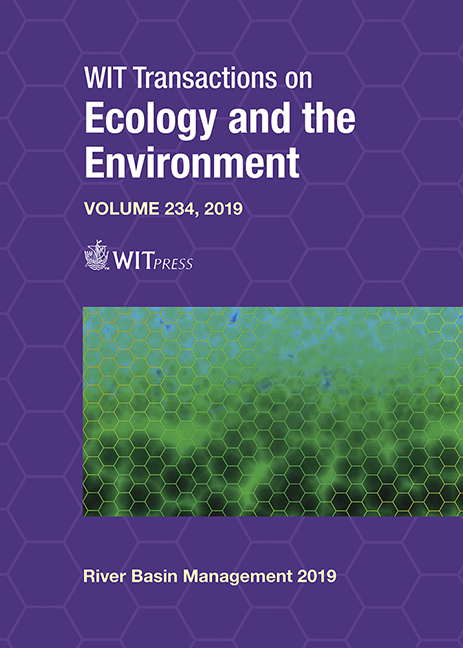AREAL REDUCTION FACTORS FOR DESIGN RAINFALL ESTIMATION IN THE MODDER-RIET RIVER BASIN, SOUTH AFRICA
Price
Free (open access)
Transaction
Volume
234
Pages
10
Page Range
31 - 40
Published
2019
Paper DOI
10.2495/RBM190041
Copyright
WIT Press
Author(s)
JACOBUS P. J. PIETERSEN, OCKERT J. GERICKE
Abstract
Design point rainfall estimates assume a uniform distribution of rainfall over a catchment and hence are only representative of a limited area. For larger areas, Areal Reduction Factors (ARFs) are used to convert design point rainfall depths or intensities to an average areal design rainfall depth or intensity for a catchment-specific critical storm duration and catchment area. This paper presents the development of an enhanced methodology to express the spatial and temporal rainfall variability at a quaternary catchment (QC) level by means of geographically-centred and probabilistically correct ARFs. The ARF values presented in this paper are based on observed daily rainfall data as extracted from 223 rainfall stations situated in the Modder-Riet River Basin (MRRB). The methodology adopted is based on a modified version of Bell’s geographically-centred approach. Individual sets of ARF values were derived for each of the 23 QCs present in the MRRB by considering various storm durations and corresponding recurrence intervals. The differences in the regional sample ARF values highlight the presence of dominant weather types in each region and also confirm that ARFs are influenced by different rainfall-producing mechanisms, while not being constant for various storm durations and exceedance probabilities or recurrence intervals. It is recommended that the findings from this study and the use of geographically-centred probabilistically correct ARFs be expanded to other regions, both nationally and/or internationally to ultimately facilitate both improved design rainfall and flood estimation.
Keywords
Areal Reduction Factors, design point rainfall, areal rainfall, geographical-centred





